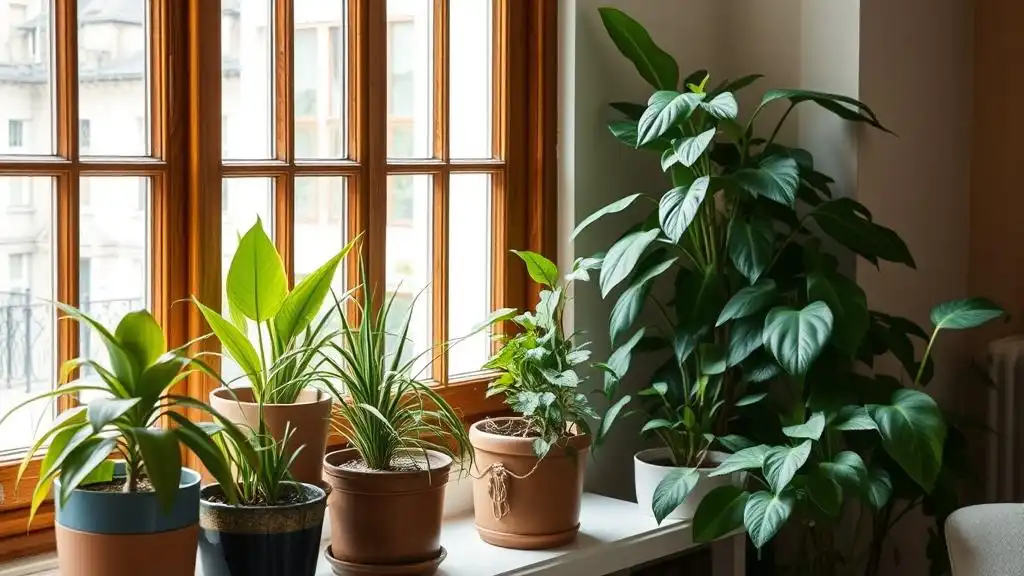Soil is where plant growth begins, sustaining floral creations throughout their lifecycles and promoting proper development, too. While soil quality might eventually be overlooked in the agricultural processes, some of its aspects like pH level and a water calculator play a significant role anyway. But how?
These days, responsible gardening is like an unspoken rule that presupposes profound preparation and a deep understanding of how and why the plants may grow. How does pH affect plant growth then? What are the main strategies to fix an incorrect pH level and why does it matter?
About Soil pH | What Does It Mean?
In scientific terms, pH, or potential of hydrogen, is a measure on a scale from 0 to 14 that refers to the acidity/alkalinity of the soil as it indicates the concentration of hydrogen ions in it. Indeed, pH is a universal concept employed in various scientific spheres where one needs a deep understanding of the biological functions and chemical composition of a substance.
Botany distinguishes three main pH levels of soil, i.e., acidic (from 0 to 6.5), neutral (around 7, the median), and alkaline (from 7.5 to 14). And each plant species has its own pH requirements that should coincide with the actual level for the garden to thrive and delight.
Also read: The Role of Wasps: Pests or Ecological Allies?
How Does pH of Soil Affect Plant Growth
pH is the power that can define the perspectives of the plants, namely nutrient accumulation and microbial activity in the soil. To be more precise, it is soil pH that affects soil structure, the availability of nutrients, and the plant’s potential to absorb them efficiently.
Acidic Soils: In general, acidic soils cannot provide sufficient volumes of phosphorus, calcium, and magnesium, and some elements like aluminum may become more toxic and easily soluble when compared to other soil conditions. Besides, a pH level of 0 to 5.5 or 6.0 inevitably leads to nutrient deficiencies in nitrogen, potassium, and sulfur. Nevertheless, some “lime-hating” species may thrive in a slightly acidic environment, especially when closer to the upper limit of pH 6.0.
Neutral Soils: The optimal range is always present in the neutral pH area, for it unlocks the maximum availability of nutrients and proper activity of microorganisms that decompose organic matter. This is why most gardeners strive to achieve a neutral pH level, when unsure about the specifics of a plant. However, one should always consult plant guidebooks or apps for additional yet essential information about proper growing requirements.
Alkaline Soils: As for alkaline soils, one can notice that phosphorus, as well as micronutrients like iron and copper become less available, which is to lead to severe complications, including chlorosis and hindered development in the end.
Can Soil pH Affect Surroundings in Turn?
Most gardeners who happen to face the problem of soil management inquire “How does soil affect the pH of water?”. In fact, soil pH may influence the surrounding environment, and water cannot escape this fate either way. When rainwater or irrigation water passes through the soil, it usually dissolves and carries away minerals and organic compounds, thus picking up these features, altering its own pH, and affecting the downstream water, too.
How to Find Out What Soil pH Is Suitable for a Garden
Though there exist various strategies and resources, such as botany guidebooks and social media, the easiest way to determine the plant’s needs is to appeal to plant-centered platforms, e.g., AI Plant Finder. Such apps do provide the necessary details regarding the growing requirements, including lighting, water needs, ideal temperatures, and soil pH in the first place.
As for AI Plant Finder, one can simply point the camera, accessed through the app, at the desired plant and get comprehensive plant care guides and tips. Besides, when the garden is not currently available for examination, type in the common or descriptive name of the plant to search and view the related plant cards to evaluate your capabilities and design the perfect conditions for your yard to bloom.
What If the Soil pH Level is Incorrect?
As soon as the desired pH range is indicated, it is important to proceed with testing your garden in turn. What is highly recommended comes down to a pH meter or the soil test kits, always available on the market, or laboratories that can examine the samples in research facilities with the highest level of accuracy possible. If the soil pH corresponds to that of the plant care requirements, congratulations! Otherwise, the next step should be devoted to the proper pH management.
When the soil is considered too acidic (pH < 6), add lime (i.e., calcium carbonate) or wood ash. Alternatively, for alkaline soils (pH > 7.5), sulfur and organic materials like peat moss may become a good option, for they can lower the pH in due time. Nevertheless, always consult specialists, implement fertilizers, and perform regular soil testing to promote the garden’s health and aesthetics.
Also read: The World of Succulents: How to Identify Succulent Plants.
Plants are sensitive creations that cannot but quickly respond to the changes in the soil. Soil pH is the determining factor that sets out the path for plant development and its potential, too. Always remember to maintain a stable pH and carefully manage the soil quality, if it gets worse. Hence, you will create optimal conditions for plant growth and bloom.
AI Plant Finder Related Posts:






